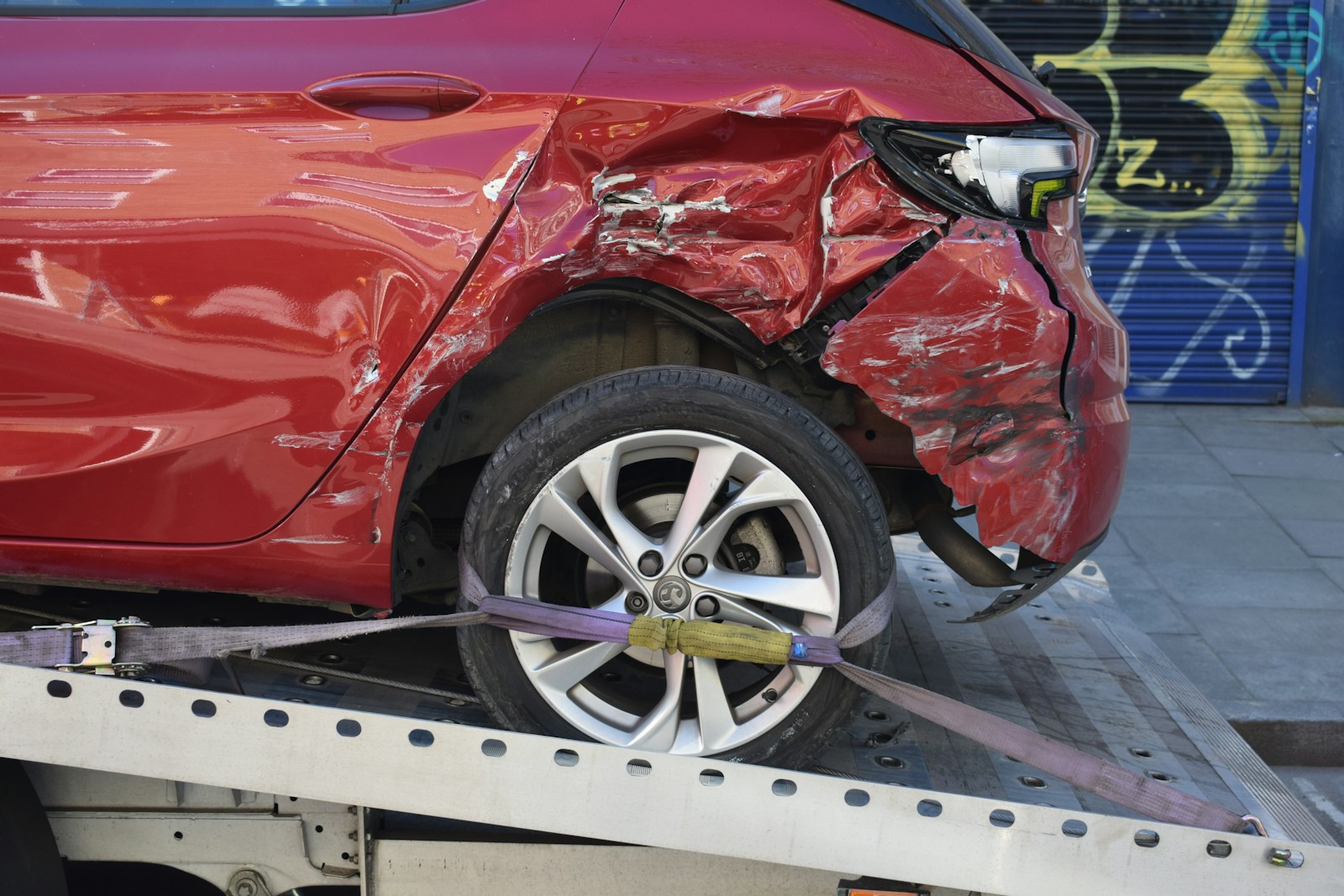From Undervaluation to Justice: Supreme Court’s Ruling on Motor Accident Compensation

Introduction
In Hitesh Nagjibhai Patel v. Bababhai Nagjibhai Rabari & Anr.[1] (2025 INSC 1070), the Supreme Court of India reaffirmed the principle of granting “just and fair compensation” in motor accident cases, particularly where minors suffer permanent disability. The Court strongly criticized the lower courts for overlooking settled legal principles, substantially enhanced the compensation awarded, and directed that insurance companies must provide minimum wage data in cases where the claimant’s income is not established.
This ruling not only secures justice for the injured child but also establishes an important precedent aimed at preventing delays and avoiding unnecessary appeals in future motor accident claims.
Table of Contents
Background and Facts
In 2012, eight-year-old Hitesh Nagjibhai Patel was standing with his father on a roadside in Banaskantha, Gujarat, when a rashly driven vehicle hit him. The accident caused severe head injuries, brain haemorrhage, and amputation of his left leg, leaving him with a 90% permanent functional disability.
Through his father, Hitesh filed a claim petition under Section 166 of the Motor Vehicles Act, 1988, before the Motor Accident Claims Tribunal (MACT), seeking ₹10 lakh in compensation.
- In 2021, the MACT partly allowed the claim, awarding only ₹3.90 lakh with 9% interest, calculating disability at 30%.
- Dissatisfied, the claimant appealed. The Gujarat High Court (2024) enhanced the compensation to ₹8.65 lakh, recognizing 90% disability and granting amounts for pain, suffering, loss of amenities, and cost of an artificial limb.
- Still aggrieved, the appellant approached the Supreme Court of India, arguing that both the Tribunal and the High Court failed to award proper compensation under the head of loss of future income and had undervalued pecuniary and non-pecuniary damages.
Issues Before the Supreme Court
- Whether a minor child, not being an earning member, can be denied compensation under the head of loss of income/future earnings.
- Whether the lower courts erred in assessing disability compensation and non-pecuniary damages.
- What is the correct methodology for calculating compensation in cases of permanent disability of minors.
Court’s Reasoning
TheSupreme Court carefully examined whether the compensation awarded by the Tribunal and the High Court was just and adequate, given the appellant’s permanent disability.
- Loss of Future Income for a Minor
- The Court highlights that a minor who suffers permanent disability cannot simply be treated as a “non-earning person.”
- Referring to Kajal v. Jagdish Chand[2] and Baby Sakshi Greola v. Manzoor Ahmad Simon[3], it reaffirmed that the notional income must be determined on the basis of the minimum wages of a skilled worker prevailing in the State at the time of the accident.
- Income Assessment
- For Gujarat in 2012, the applicable minimum wage stood at ₹227.85 per day, amounting to approximately ₹6,836 per month.
- Adding 40% towards future prospects (as mandated in Pranay Sethi[4]) and applying a multiplier of 18, the Court recalculated the claimant’s loss of future earnings at ₹18,60,489.
- Determination of Disability
- The appellant had sustained grave injuries, including amputation of one leg and brain haemorrhage.
- Endorsing the High Court’s finding, the Supreme Court fixed the permanent functional disability at 90%, recognizing its severe and lifelong impact on the child’s prospects and quality of life.
- Other Heads of Compensation
- To ensure a realistic and holistic compensation package, the Court enhanced awards under various heads such as medical expenses, cost of artificial limb, loss of marriage prospects, special diet and transportation, pain and suffering, and loss of amenities.
- Systemic Directions
- To prevent recurrence of similar errors, the Court directed that where a claimant’s income is not proved, it shall be the duty of the insurance company to place before the Tribunal the relevant minimum wage notifications issued by the appropriate government.
Final Judgment and Key Takeaway:
Supreme Court recalculated the compensation payable to the appellant at ₹35,90,489 with 9% interest from the date of the claim petition, a figure nearly nine times higher than the amount awarded by the High Court. In doing so, the Court firmly reinforced the principle of awarding just and fair compensation, particularly in cases involving minors with permanent disabilities.
This judgment lays down significant markers for future motor accident claims:
- Compensation for minors must be assessed on the basis of the minimum wages of skilled workers, rather than treating them as non-earning dependents.
- Courts and Tribunals are expected to stay aligned with established precedents, such as Kajal v. Jagdish Chand (2020), to prevent under-compensation and unnecessary appeals.
- Insurance companies now carry a clear duty to furnish relevant minimum wage notifications when the claimant’s income is not established.
- The ruling strengthens the jurisprudence surrounding fair and adequate compensation under the Motor Vehicles Act, ensuring that victims especially children receive remedies that truly reflect the gravity of their loss.
Conclusion
The Supreme Court’s ruling in Hitesh Nagjibhai Patel v. Bababhai Nagjibhai Rabari & Anr. is a decisive step toward reinforcing the principle of just, fair, and realistic compensation under the Motor Vehicles Act. By substantially enhancing the award, the Court not only corrected the injustice suffered by the minor appellant but also clarified systemic responsibilities directing Tribunals, High Courts, and insurance companies to adhere to established legal standards.
This judgment goes beyond the individual case; it serves as a precedent-setting reminder that courts must remain vigilant in applying settled law and that procedural lapses leading to undervaluation of claims cannot be overlooked. Most importantly, it ensures that child victims of accidents are not denied rightful compensation merely because they were not earning at the time of the incident.
In essence, the decision strengthens claimant protection, reduces the scope for avoidable litigation, and moves the compensation jurisprudence closer to its true objective restoring dignity and providing meaningful relief to accident victims and their families.
For more details, write to us at: contact@indialaw.in
[1] CIVIL APPEAL NO. 10278 OF 2025 (Arising out of SLP(C)No.14444/2025)
[2] (2020) 4 SCC 413
[3] 2024 SCC OnLine SC 3692
[4] (2017) 16 SCC 680 Para 42 and 59
By entering the email address you agree to our Privacy Policy.



